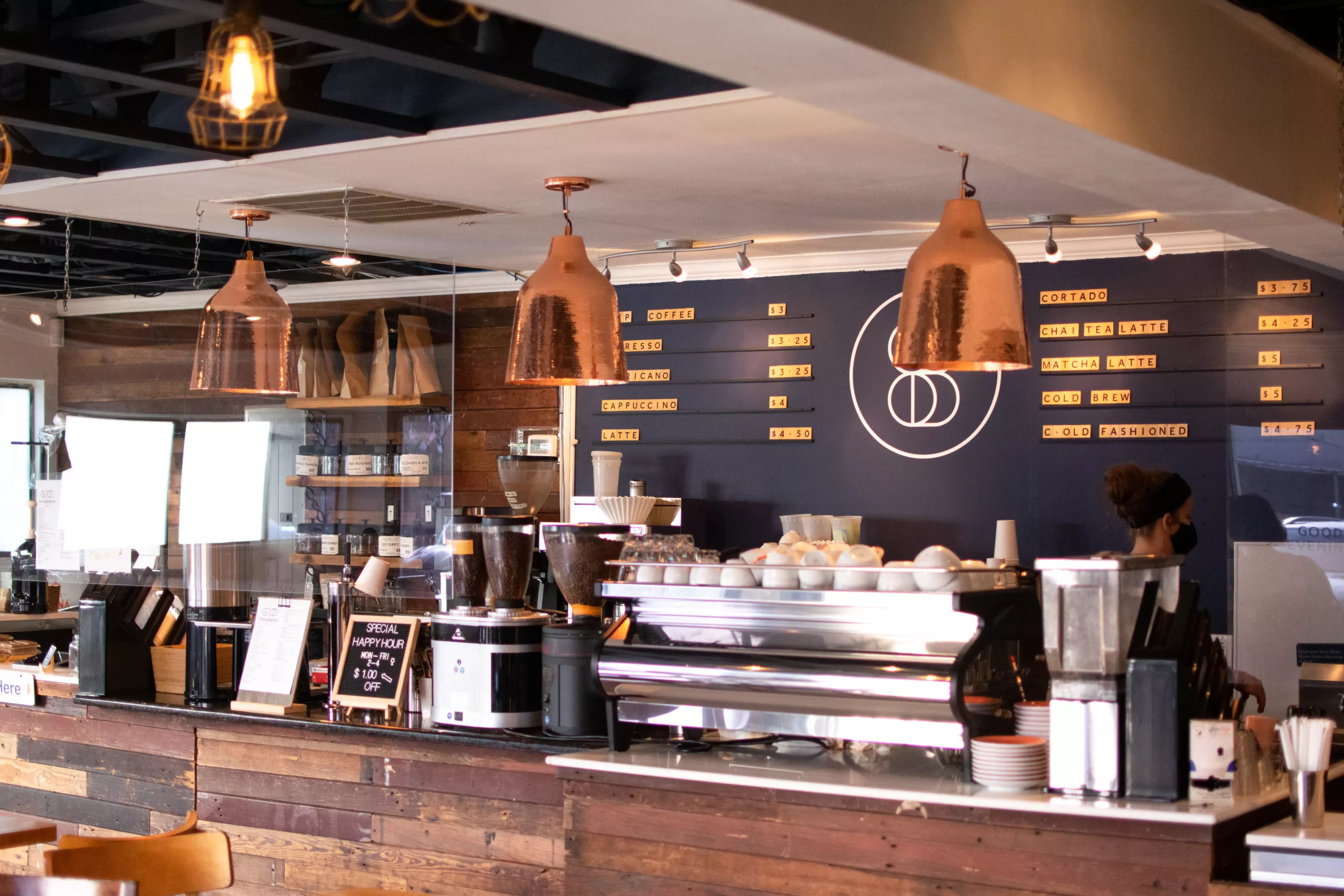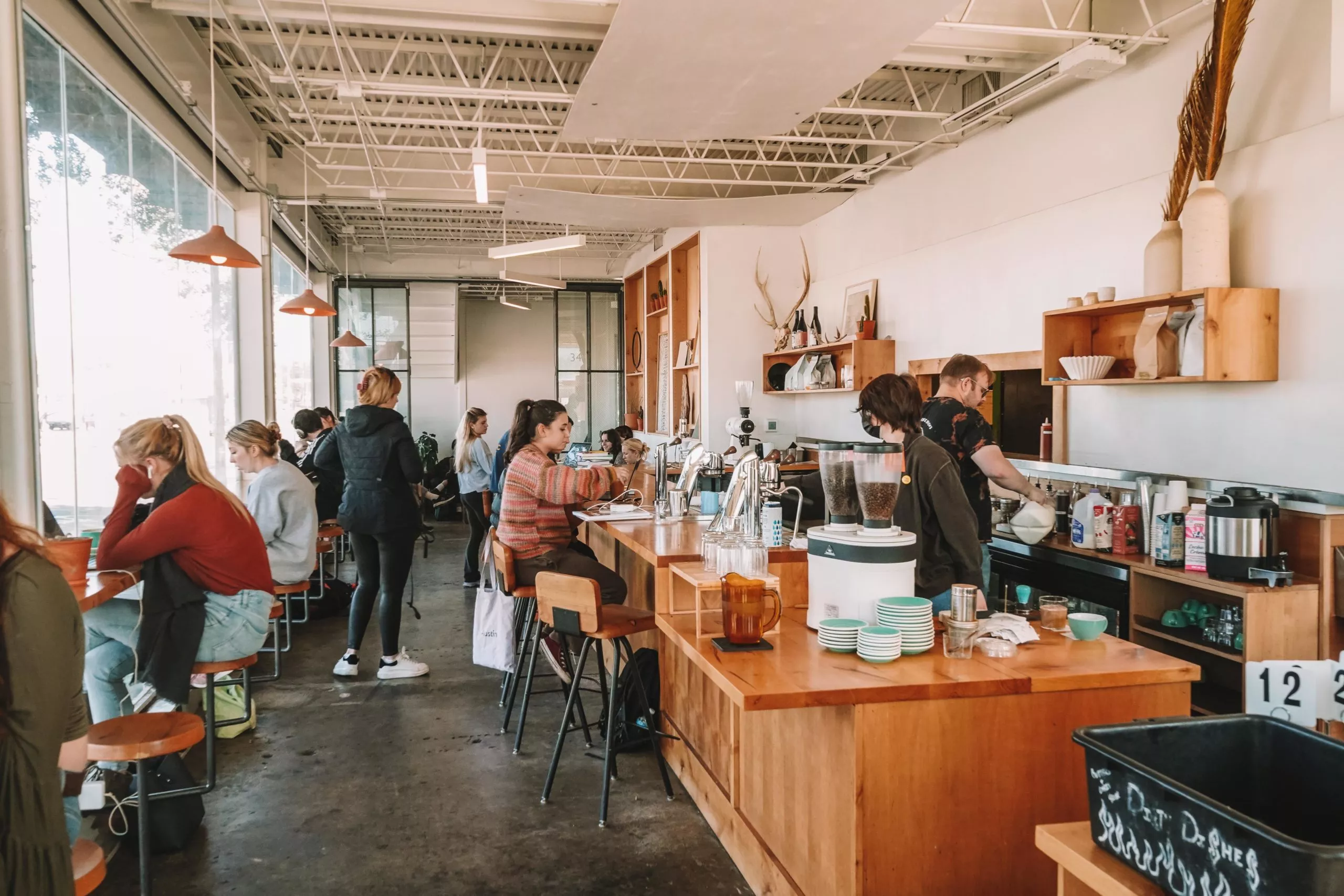Cafe Bistro for Fresh Brews and Gourmet Meals in an Unwinding Ambiance
Cafe Bistro for Fresh Brews and Gourmet Meals in an Unwinding Ambiance
Blog Article
How to Pick the Right Kind Of Coffee for Your Taste Preferences
Choosing the excellent coffee to match your taste choices requires an enlightened strategy to both bean varieties and developing strategies. Exploring numerous brewing techniques can enhance these flavors, further individualizing the coffee experience.
Comprehending Coffee Beans
Comprehending coffee beans is important for any coffee fanatic looking for to improve their developing experience. The structure of a terrific cup of coffee lies in the kind of beans chosen, each offering unique flavors and features.
On the other hand, Robusta beans include a higher high levels of caffeine material and are defined by a stronger, a lot more bitter taste. They are hardier and expand at reduced altitudes, making them more economical and often made use of in espresso blends for included crema.

Exploring Brewing Approaches
Checking out different brewing approaches is crucial for opening the full capacity of selected coffee beans. Each approach uses an unique method to extracting flavors, appearances, and fragrances, ultimately affecting the overall coffee experience. Typical brewing approaches include drip, French press, espresso, and pour-over, each with its distinctive attributes and demands.
Drip developing is preferred for its benefit and uniformity, utilizing a paper or steel filter to different coffee grounds from the brewed beverage. French press, on the various other hand, enables complete immersion of coffee premises, resulting in a rich, durable taste profile. Espresso is a concentrated form of coffee created by compeling hot water with finely-ground coffee, producing a bold shot that functions as the structure for numerous drinks like lattes and coffees.
Pour-over developing gives the user higher control over the extraction procedure, enabling precise adjustments in water temperature level and circulation price. This approach frequently highlights the elaborate flavors of specialty coffee beans. Eventually, the option of brewing method ought to align with personal preferences and desired flavor outcomes, establishing the phase for a satisfying coffee experience tailored to individual tastes.
Identifying Flavor Profiles
Identifying flavor profiles is vital for valuing the nuances of different coffee ranges. Coffee's taste is affected by numerous factors, consisting of the beginning of the beans, the handling techniques, and the roast level. Each of these elements contributes to an intricate range of tastes, which can vary from fruity and flower to natural and nutty.
To begin determining flavor profiles, think about the coffee's origin. Beans from areas such as Ethiopia usually exhibit bright level of acidity and fruity notes, while those from Colombia may offer a smoother, caramel-like sweetness. The processing approach likewise plays an important role; for instance, cleaned coffees have a tendency to have cleaner, brighter flavors contrasted to natural refined beans, which can show extra obvious fruitiness.
Light roasts find more information usually retain more of the bean's initial attributes, while dark roasts might introduce deeper, smokier flavors. Developing a taste for these flavors improves your coffee experience, allowing you to appreciate the distinctive high qualities of each variety and ultimately guiding your choice toward the coffee that lines up with your preference choices.
Matching Coffee to Preferences
When it comes to matching coffee to individual preferences, acknowledging personal preference is paramount, as it enables for a much more customized coffee experience. Each coffee enthusiast has unique flavor dispositions that can lead their choices, making it vital to understand these choices prior to choosing a mixture.
For those likely in the direction of sweeter notes, coffee types with natural sweetness, such as Ethiopian Yirgacheffe or Brazilian Santos, may be specifically appealing. On the other hand, if a preference leans towards robust and vibrant flavors, choices like Colombian Supremo or Sumatran Mandheling could offer the desired intensity.
Moreover, the level of acidity degree plays a critical role in the coffee selection procedure. Coffee connoisseurs that appreciate an intense, zesty taste may favor light roast coffees, whereas those that choose a smoother, lower-acid experience may select dark roasts. In addition, the option of brewing method can significantly affect taste understanding; for find this instance, espresso often tends to focus flavors, while pour-over techniques permit a more nuanced account.
Ultimately, matching coffee to preferences involves a mindful consideration of taste profiles, level of acidity, and brewing approaches, making sure a enjoyable and pleasurable coffee experience customized to private preferences.
Try Out Various Ranges
To truly appreciate the varied world of coffee, trying out with different selections is crucial. Each coffee bean possesses special taste profiles influenced by aspects such as beginning, processing methods, and roast degrees. By exploring numerous kinds, you can uncover a spectrum of tastes that might straighten closely with your preferences.
Begin your trip by attempting beans from different regions, such as Ethiopian Yirgacheffe with its intense acidity and floral notes, or Colombian Supremo, understood for its well balanced taste and mild sweetness (Coffee Shops). Additionally, think about trying out different processing techniques, such as cleaned versus all-natural, which can considerably change the last taste
Roast levels likewise play a critical function; light roasts typically preserve the bean's intrinsic flavors, while dark roasts offer bolder, more robust accounts. When experimenting, keep in mind on each variety's flavor characteristics and your overall impression.
Taking part in samplings, whether at neighborhood cafés or via curated registration solutions, can additionally improve your understanding. Ultimately, embracing a variety of coffee kinds enables you to fine-tune your palate and discover your individual faves within the large coffee landscape.
Conclusion
In final thought, picking the ideal coffee type necessitates an understanding of different beans, brewing techniques, and taste accounts. By comprehensively discovering the distinctions in between Arabica and Robusta ranges, together with varied developing methods, coffee fanatics can find combinations that align with individual taste choices.
Recognizing coffee beans is vital for any type of coffee enthusiast looking for to improve their brewing experience. Recognizing these subtleties enables coffee lovers to select beans that align with their taste preferences, paving the method for an Recommended Reading extra individualized and rewarding coffee experience.

Developing a taste for these tastes boosts your coffee experience, allowing you to appreciate the unique top qualities of each range and ultimately directing your option toward the coffee that lines up with your taste choices.
Coffee connoisseurs that appreciate a brilliant, appetizing preference could favor light roast coffees, whereas those that favor a smoother, lower-acid experience might opt for dark roasts.
Report this page